The Log Cabin and Variations Quilt Pattern is one of the most beloved and versatile designs in quilting history. Known for its timeless beauty and simple structure, this pattern has charmed quilters for generations.
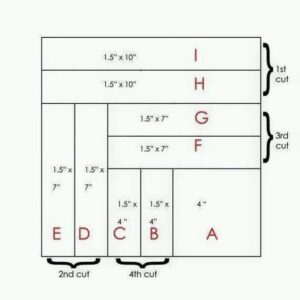
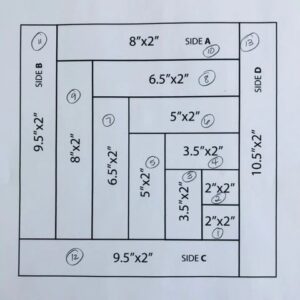

Its classic arrangement of light and dark fabric strips forms a captivating contrast that can be used in endless ways, making it an ideal project for both beginners and seasoned quilters.
This pattern’s history dates back to the 19th century, where it symbolized home and warmth. Today, quilters continue to cherish the Log Cabin Quilt for its adaptability, which allows them to experiment with different layouts, fabrics, and colors.
Variations of this pattern, like Barn Raising, Courthouse Steps, and Pineapple, elevate its charm and keep the tradition alive with modern twists.
Whether you’re looking to create a traditional quilt or explore contemporary designs, the Log Cabin Quilt Pattern offers something for everyone. In this comprehensive guide, we’ll walk you through the process step-by-step, from fabric selection and cutting to piecing and layout variations. By the end, you’ll be equipped with all the knowledge you need to craft your own stunning quilt masterpiece.
The Log Cabin Quilt Pattern is based on a square block, with strips of fabric (or “logs”) radiating outward from a central square, often called the “hearth.” This central square can represent warmth or a focal point in the design, and it’s typically made using a contrasting color to emphasize the layout.
Each block alternates between light and dark fabrics to create a striking visual contrast. This balance of colors makes the Log Cabin Quilt so distinct and visually appealing. The design possibilities are virtually endless, with layouts like Straight Furrows, Barn Raising, or Fields and Furrows showcasing how the blocks can be arranged differently to create unique quilts.
To start, choose fabrics that work well together. Traditional quilt patterns often use solid colors or subtle prints, but modern designs may incorporate bold patterns, batiks, or even recycled fabrics. The key is ensuring that the light and dark fabrics are easily distinguishable.
The cutting process is crucial for accuracy. The standard Log Cabin block is usually made up of a 2.5-inch center square surrounded by fabric strips cut to 1.5 inches wide. The length of the strips increases as you work outward, so precise cutting and measuring are essential.
Sewing the blocks together involves joining the strips in a spiral pattern around the center square. Begin with one side, then rotate the block clockwise and add the next strip. This technique ensures the quilt maintains its signature look while staying neat and consistent.
Once the blocks are assembled, arranging them into the final layout is where the creativity begins. Explore different patterns to see how the interplay of light and dark fabrics transforms your design.
The beauty of the Log Cabin Quilt Pattern lies in its versatility. While the classic design is a favorite, exploring its variations can inspire quilters to push creative boundaries. Here are a few popular variations:
The Barn Raising layout arranges blocks to create a radiating diamond or square pattern, resembling the way barn roofs rise. This arrangement emphasizes symmetry and visual movement, making it a popular choice for quilts meant to be displayed.
The Courthouse Steps variation alters the traditional Log Cabin by sewing strips in pairs on opposite sides of the center square, rather than spiraling around it. This creates a stair-step effect that adds depth to the design.
The Pineapple Quilt takes the Log Cabin concept and adds diagonal strips to create a more intricate, textured appearance. This design is slightly more advanced but yields stunning results.
The Straight Furrows layout arranges blocks in diagonal rows of light and dark sections, creating a plowed-field effect. This design is simple yet striking and works well for quilts with a rustic or farmhouse feel.
MINI LOG CABIN PATTERN ⬆
Crafting your own Log Cabin Quilt Pattern is a rewarding experience. Here’s a step-by-step guide to help you get started:
With these steps, you’ll create a beautiful quilt that’s uniquely yours. Enjoy the process, and don’t be afraid to experiment with fabrics and layouts to make your Log Cabin quilt one-of-a-kind!
